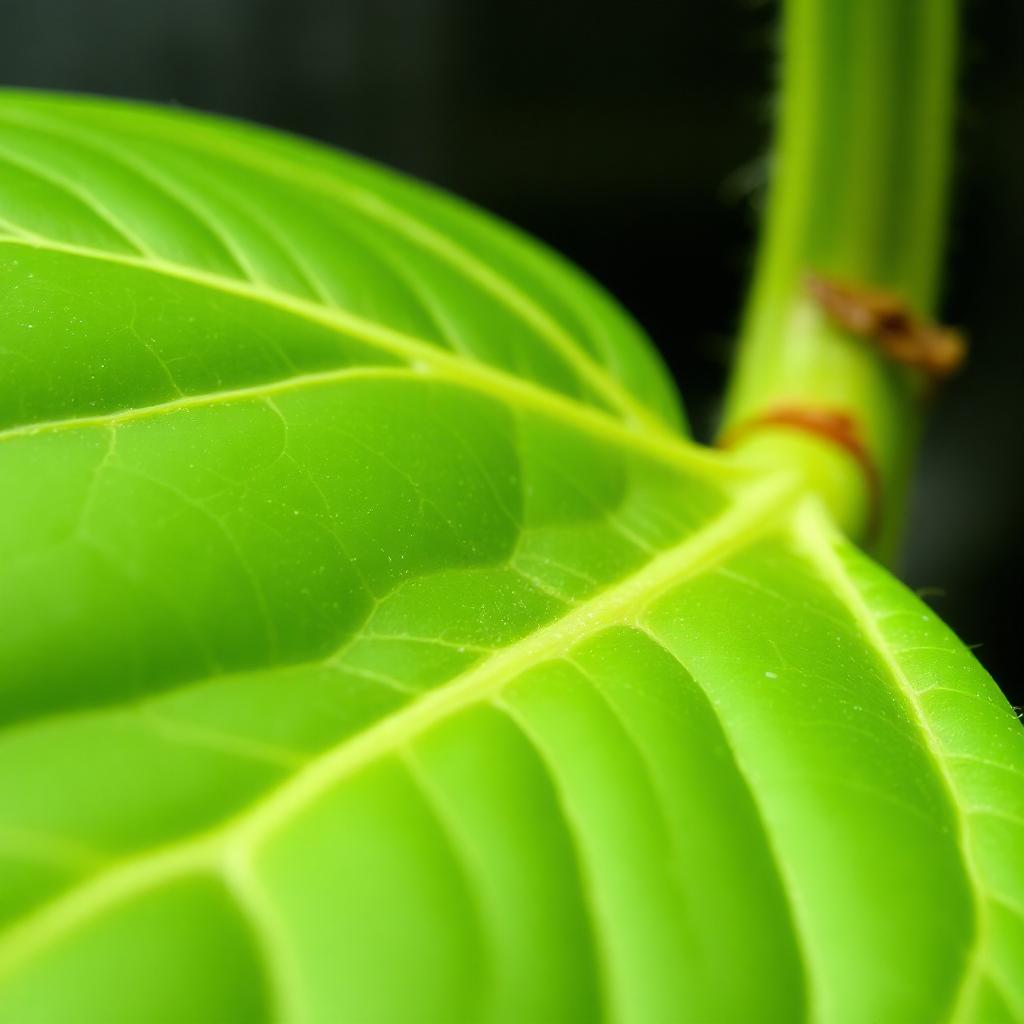
Understanding Vapor Pressure Deficit (VPD) and Its Importance in Growing Healthy Indoor Tropical Houseplants
Share
Maintaining optimal environmental conditions is critical for the success of indoor tropical houseplants. While light, temperature, and humidity are well recognized factors, Vapor Pressure Deficit (VPD) is an often-overlooked yet vital parameter that directly influences plant health, water uptake, and overall vigor. By understanding and adjusting VPD appropriately through each phase—from tissue culture acclimation to mature growth—you can optimize plant development and ensure lush, resilient foliage.
What is VPD and Why Does It Matter?
VPD represents the difference between the amount of moisture the air can hold when fully saturated and the actual moisture present in the air. In simpler terms, it quantifies the air's drying potential, influencing how plants transpire and uptake water.
- High VPD (dry air) encourages rapid transpiration but can lead to water stress and stress-related issues if too extreme.
- Low VPD (humid air) reduces transpiration, potentially leading to poor nutrient uptake and weak growth.
Optimizing VPD helps balance water loss with plant needs, promoting healthy growth, preventing stress, and supporting nutrient transport—all vital for tropical houseplants at every stage.
VPD in Tissue Culture and Acclimation
In the earliest stage—tissue culture—plants are delicate and highly sensitive:
- VPD should be kept very low (around 0.2–0.4 kPa) to prevent excessive water loss.
- Maintain high humidity (~80-90%) to minimize transpiration stress while plants develop roots and leaves.
- As the plants root and establish, gradually increase VPD by reducing humidity to stimulate normal transpiration rates without causing stress.
VPD During Vegetative Growth
Once acclimated, your plants enter their vigorous vegetative phase:
- Aim for a moderate VPD range (0.8–1.2 kPa), which balances water loss and nutrient uptake.
- Proper VPD encourages optimal transpiration, enabling nutrients and minerals to move efficiently through the plant.
- Keep environment well-ventilated to prevent excessive humidity buildup, which could promote diseases and inhibit transpiration.
VPD in Mature and Maintenance Phases
For mature tropical houseplants, maintaining a stable VPD:
- Usually falls within 0.8–1.2 kPa, promoting consistent growth and leaf health.
- Slight adjustments may be necessary based on plant species or environmental factors—some plants prefer slightly higher or lower VPD for optimal health.
How to Adjust VPD Effectively
- Control humidity and temperature: Since VPD depends on both, adjust your humidity levels and temperature to keep VPD within the desired range.
- Use a VPD calculator or chart: Calculate your current VPD using environmental data (temperature and humidity).
- Increase VPD: By raising temperature or lowering humidity, encouraging more transpiration.
- Decrease VPD: By lowering temperature or increasing humidity, reducing water loss when plants show signs of stress.
Practical Tips for Growers
- Monitor environment constantly: Use calibrated sensors for humidity and temperature to calculate and maintain appropriate VPD levels.
- Avoid rapid fluctuations: Sudden changes in humidity or temperature can stress plants. Adjust slowly and monitor plant responses.
- Tailor VPD to plant needs: Some tropical species prefer slightly higher or lower VPD—know your plants’ preferred conditions and tailor accordingly.
- Ensure proper ventilation: Good airflow helps regulate humidity and prevent disease, maintaining stable VPD.
Conclusion
Vapor Pressure Deficit is a critical but often underappreciated aspect of indoor plant cultivation. Proper management of VPD across all growth stages—from delicate tissue culture stages to vigorous vegetative growth—ensures your tropical houseplants develop healthy foliage, resist stress, and thrive indoors. By understanding and controlling the moisture exchange through environmental adjustments, you set the foundation for a lush, resilient indoor tropical garden.
